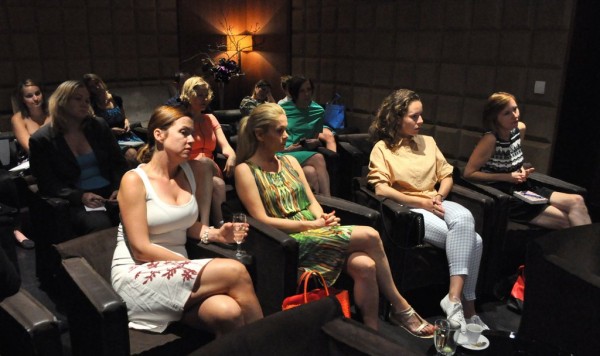August 26, 2015, Prague
The third debate within the Art Match series, organized together with the Emblem hotel, focused on the patronage of industrial heritage. Three guests accepted our invitation: Lukáš Vacek, architect and adviser of the Deputy Mayor of Prague, architect Miroslav Šajtar and cultural manager David Kašpar. The debate was chaired by cultural journalist Martina Buláková.
The guests discussed how to use former industrial buildings for culture and arts. Regardless of the unclear definition of industrial heritage, Lukáš Vacek pointed out that these buildings possess undoubted value. Although the objects had undergone a functional change, they still play a significant role as a materialized memory of a city. However, we need to apprehend each building in its own broader context.
Conversion of industrial buildings into cultural venues usually happens ʻfrom the bottom.ʼ There are only a few examples of successful conversion of industrial heritage by investors or art patrons in the Czech Republic (e.g. La Fabrika). The reason for this may be the financial risk of such projects. Profitability of an investment is the key factor for developers and the uncertain prospects can often discourage potential investors. A city should play a key role in such case, acting as a mediator between the private sector, artists, and the local community.
When considering the positive outcome of transforming industrial buildings into cultural objects, we can work with the concept of cultural and creative industries. Miroslav Šajtar stressed that through this point of view, culture and creativity is generally perceived to have a great economic potential. With this in mind, we can assess the use of industrial heritage for cultural purposes as a way of social, as well as economic development. However, successful conversion of industrial buildings does not always have to be focused on the arts and culture, as different places have different priorities. Cities should always take into account the various needs of a community and diverse forms of culture, says David Kašpar.
The determining factors of a successful conversion of industrial buildings or areas are: bonding the place to a local community, involving the public sector, considering different interests, and taking into account the complex structure of a city. Only by developing a viable dialogue and establishing cooperation beneficial for all sides, a constructive use of industrial heritage can be achieved.







